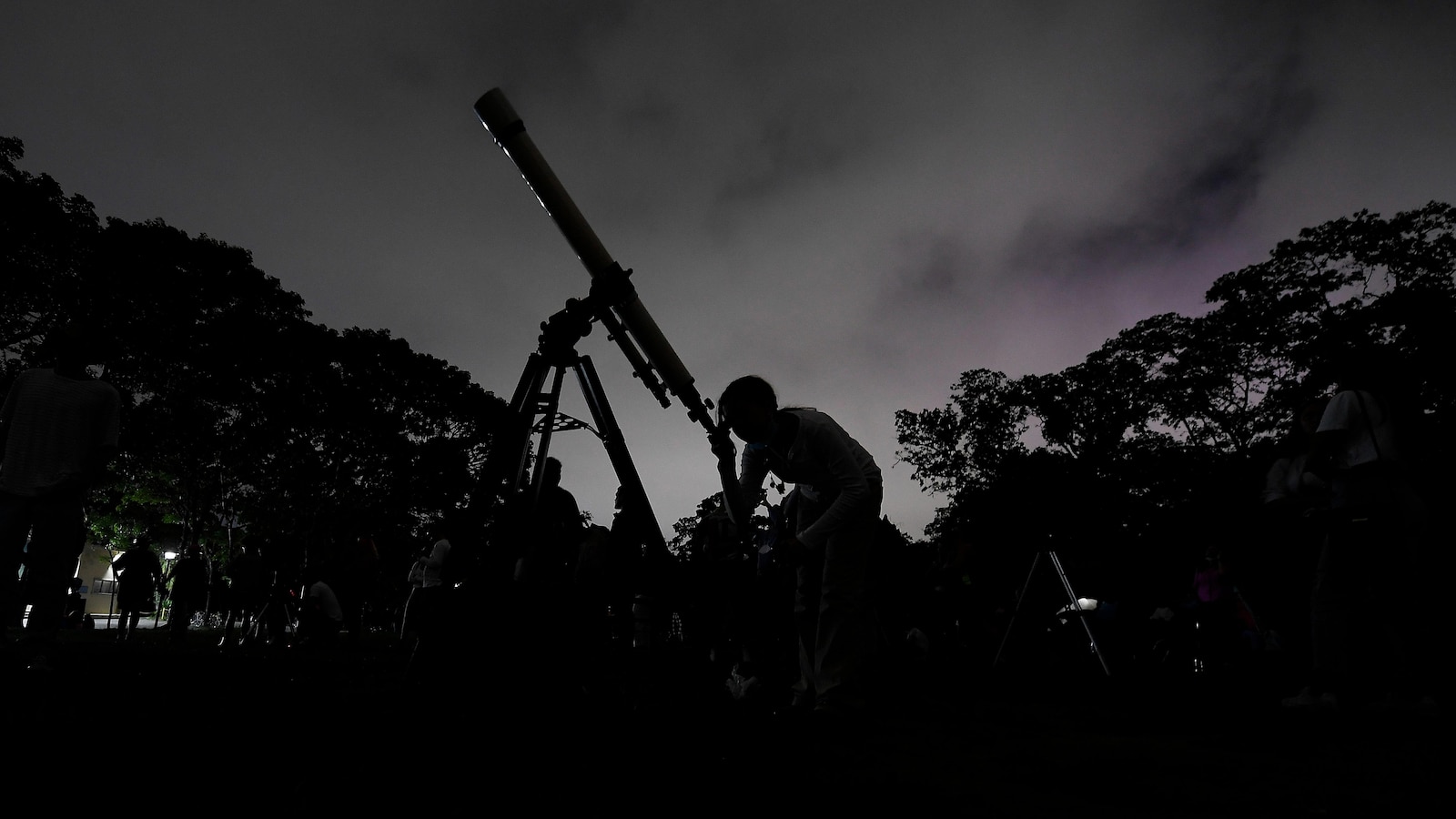Six planets are hanging out in early morning skies this month. Here’s how to spot them

NEW YORK — Six planets are hanging out in the sky this month in what’s known as a planetary parade. Catch the spectacle while you can because it’s the last one of the year.
These linkups happen when several planets appear to line up in the night sky at once. Such parades are fairly common, happening around every year depending on the number of planets. At least one bright planet can be spotted on most nights, weather permitting, according to NASA.
Six planets were visible in January skies and every planet of our solar system was visible in February, but not all could be spotted with the naked eye.
Venus, Jupiter, Saturn and a faint Mercury are visible this month without any special equipment, and the best chances to spot them are over the next week. Uranus and Neptune can only be glimpsed through binoculars and telescopes.
Jupiter and Venus made a close brush earlier this week and are still near each other in the eastern sky, “close together like cat’s eyes,” said Carolyn Sumners at the Houston Museum of Natural Science.
Mercury will be at its farthest point from the sun on Tuesday morning, making it easier to spot before it disappears into the sun’s glare.
To catch the planets, go out in the morning shortly before sunrise and look east. Try to find Jupiter and Venus clustered together first. Saturn is off to the side and Mercury will be close to the horizon, trying to rise before the sun.
“You’re looking for little tiny pinpoints of light, but they are the brightest ones,” said Justin Bartel with the Science Museum of Virginia. “They don’t really twinkle like the stars do.”
Before heading out, make sure it is a clear, cloudless morning and try to get away from tall buildings that could block the view.
Mercury will hide behind the sun again toward the end of the month, but a crescent moon will then join the parade. The next big planetary hangout is in February.
___
The Associated Press Health and Science Department receives support from the Howard Hughes Medical Institute’s Department of Science Education and the Robert Wood Johnson Foundation. The AP is solely responsible for all content.




